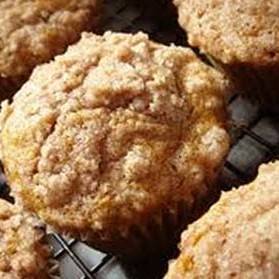 When we moved into our house we thought that the previous homeowners were less than enthusiastic when it came to the lawn. Our front yard was a thin stand of grass punctuated by giant mud holes. So we threw down some grass seed and were quite pleased with ourselves until the tree in the middle of one of the former mud holes leafed out and the ground underneath returned to its former state.
When we moved into our house we thought that the previous homeowners were less than enthusiastic when it came to the lawn. Our front yard was a thin stand of grass punctuated by giant mud holes. So we threw down some grass seed and were quite pleased with ourselves until the tree in the middle of one of the former mud holes leafed out and the ground underneath returned to its former state.
But this wasn’t just any tree. It was a native black walnut, a child of the trees that once had populated the property when it was an orchard through the majority of the 20th century. As a child, I hated black walnuts. Our neighbor had a grove of them. He would line his gravel driveway with them and use his pickup to remove the hulls. He would then collect them, dry them, and shell them, giving my parents a big bag. At least once during the winter my father would make a batch of ice cream and throw in a fistful of black walnuts, thereby ruining it I thought.
It’s true that black walnuts are an acquired taste. They are much stronger than their English counterparts. Putting them in ice cream or taffy isn’t likely to gain you many converts. But in the right recipes, black walnuts shine where their English cousins are overwhelmed. Quick breads like pumpkin and banana lend themselves well to additions of black walnuts. But you’ll want to add only 2/3 of the amount nuts called for if you are substituting black walnuts for English ones.
And this is the year to try black walnuts. You can find them along city streets and on Free Cycle locally. If you see them in a yard, knock on the homeowner’s door and chances are they will likely be happy to share with you.
If you acquire some fresh black walnuts, you’ll want to spread them in a single layer so they can dry without molding. Squirrels love them, so don’t count on being able to dry them outdoors in town. Once the nuts have dried down, a workbench vice is the easiest way to crack them. Ideally the nut meat should be dry when you remove it, but if it isn’t quite there you can place the nuts on a tray in the oven.
Like most of the things I hated as a child, I have grown to love black walnuts, and our black walnut tree, so much so that our entire yard is now landscaped around it, just not in grass.
Black Walnut Pumpkin Muffins
- 4 T butter, softened
- 1/2 c granulated white sugar
- 1/4 c packed brown sugar
- 2/3 c pumpkin puree
- 1/2 c yogurt, thinned to buttermilk consistency
- 2 eggs
- 2 T molasses
- 2 c whole white wheat pastry flour
- 1 t baking soda
- 1/2 t baking powder
- 1 t cinnamon
- 1/4 t ginger
- 1/8 t cloves
- 1/4 t salt
- ½ c black walnuts, chopped
Topping
- 1/3 c whole white wheat pastry flour
- 3 tablespoons brown sugar
- 2 T cold butter
Pre-heat oven to 375 degrees F. Place cupcake liners in a twelve-cup or two, six-cup regular muffin pans.
Make the topping first. Cut butter into flour and sugar with two forks or pastry cutter. I just use my hands to pinch it together until it resembles the texture of an irregular meal. Set aside.
For muffins, cream butter with sugars. Stir in pumpkin, yogurt, eggs, and molasses. Combine dry ingredients except nuts and stir together in a small bowl. Pour into batter. Add nuts. Stir just until combined. Fill greased or paper-lined muffin tins 2/3 to 3/4 full of batter.
Spoon streusel topping over the muffins and bake for 20 to 25 minutes or until a toothpick inserted in the center comes out clean. Cool in pan 5 minutes, then transfer to a cooling rack.








